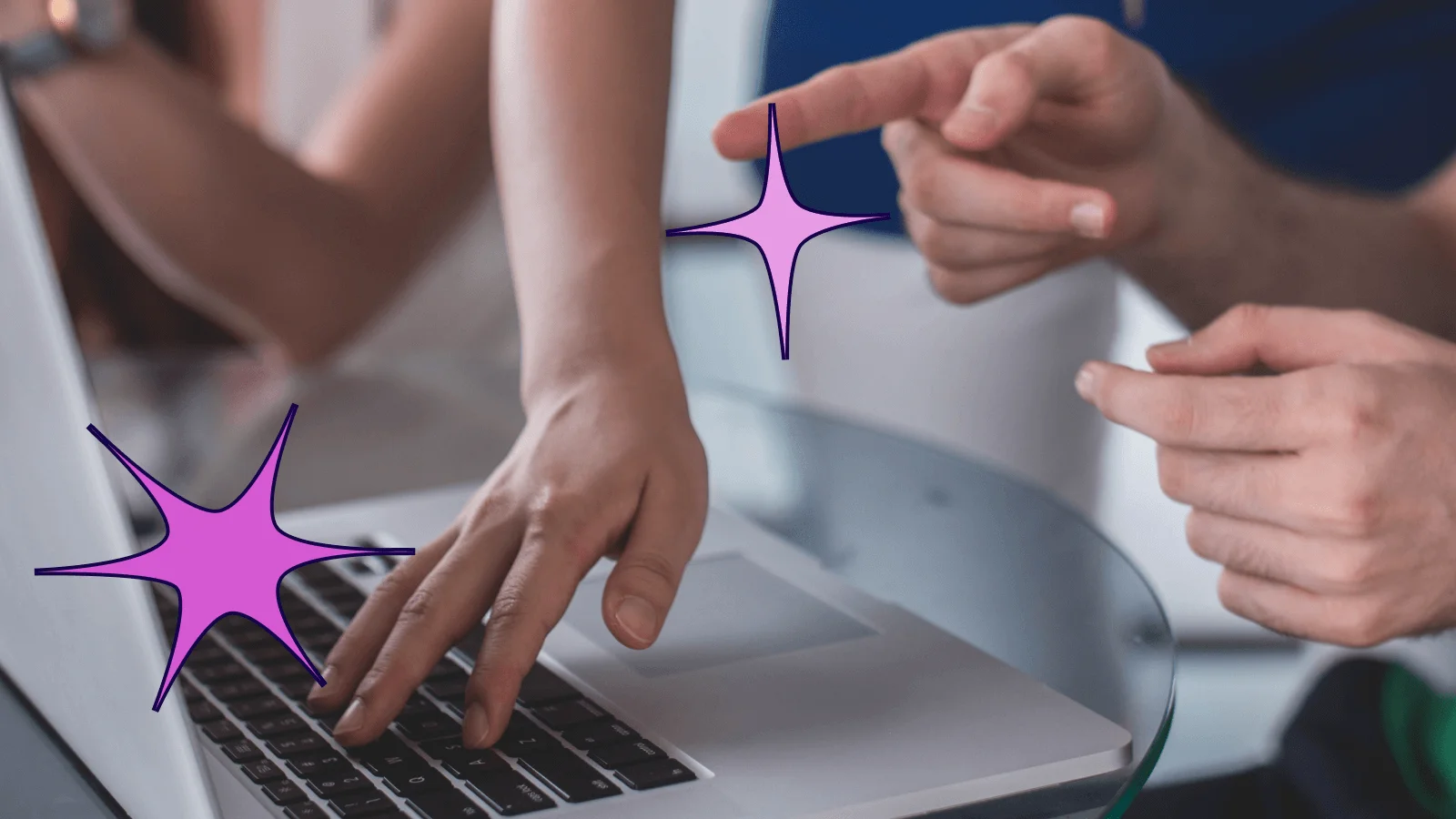Onboarding is a hot topic and it’s easy to get lost in the hype. Everyone—UX, customer success, sales, finance, product—wants a piece of the action. Before you know it, you’ve jumped to a solution, “me-too” mockups adorn the walls, and your marketing team is freaking out about how to politely say “do this” in 100 characters or less. If it isn’t too late…step away from the ledge.
In this two-part post, we’re going to talk about improving your onboarding service offering with service design. Too often onboarding is approached as a big-bang feature or product extension. It’s something you ship or graft onto your application, instead of a service you deliver continuously. Service design is a powerful way to reframe the challenge and engage the rest of your organization in delivering continuous value to your customers.
Onboarding needs vary depending on the opportunities for customer contact. For a low-touch or no-touch model, onboarding might focus around in-app experiences, whereas for a more “enterprisey” B2B product with extensive customization and support, the process of onboarding is far more complex – spanning multiple people, channels, and products.
But whatever form onboarding takes, it is distinct from orientation because it aims to develop a connection between the product and the customer’s needs over time. This is a critical distinction. Take employment. Orientation is being shown your desk and coffee machine, handed your computer and some tax forms, and maybe attending a lunch for new hires. Onboarding is getting up to speed, adding value to your team, and getting truly comfortable with your teammates.
The onboarding process both provides education and creates value. In this way, onboarding itself can be seen as a service provided to the customer. To solve the problems of onboarding, you should optimize that service experience. And that problem is a perfect fit for the discipline of service design.
The shift to a service-based economy, rather than a goods-based economy, is a pervasive and long-term trend. By definition, a service is intangible and is produced and consumed simultaneously, and the customer plays a role in creating the value associated with the service. Customer success managers know about this co-creation first hand. It takes two (or more) to tango.
“We don’t think of the Kindle Fire as a tablet. We think of it as a service.”
-Jeffrey Bezos, Founder and CEO of Amazon
Services are about ongoing relationships, not simply the hand-off of a product from producer to consumer. Anyone involved in SaaS knows this firsthand. The sale is just the beginning. With SaaS, customers are effectively renting your product (and people) to achieve some sort of outcome and to continue innovating on their behalf. Without retention and upsell you have no business. It’s essential to identify the value for the customer throughout the service and to remember that services are things that help customers do something.
“I love it! We pay you to have a team of people constantly trying to make our work easier!”
-SaaS customer remarking on product
The discipline of service design emerged over the past several decades to holistically understand and shape the customer’s experience of a service. Service design takes a broad view and encompasses every point of contact the customer has in the course of using the service.
For example, consider the Apple shopping experience. A service design perspective considers the cohesive interaction of the apps, websites, stores, genius bars, and customer support. For SaaS, UX is a subset of this larger experience (whether it’s a smaller or larger subset depends on the type of product). But a service design perspective reminds us that a customer’s relationship with your company reaches far beyond an individual product or interface.
“Customers interact with a business, and seamlessly designing those touch points between departments is just as critical to customer satisfaction and loyalty as designing touch points between pages and features in the Product.” -J.J. Kercher, Director of Customer Experience, AppFolio, Inc.
The customer journey is ever-evolving and includes touchpoints from many of the categories that, within a business, we think of as distinctly separate. Service design helps us see these many touchpoints as the customer sees them—as part of a coherent experience that either helps or hinders in reaching goals. At the same time, service design thinking focuses on the co-creative nature of a service, which brings in the needs of the company as well. A good service design has to draw on the resources and systems that are available and work with the bottom line. And, by increasing churn, customer service utilization, and inefficiency, bad service design drags an organization down in more ways than just lost revenue.
Much of the onboarding content and advice out there is driven by apps with a self-serve freemium model, or to address the unique technical challenges of onboarding within the limitations of a mobile app. But these approaches fail to account for other types of products, such as an enterprise business-to-business SaaS product where extensive customization and setup is required. Service design approaches can add tremendous value in these settings. Even in the case of a lower-touch product, with in-app onboarding, seeing the onboarding as a service can help improve the experience.
Thinking of onboarding as a process of both education and value-creation for the customer – what are the touchpoints? How can we approach onboarding as a service experience? In part II of this post, we’ll look at specific strategies for applying service design to onboarding and additional resources for service design success. Meanwhile, try these 6 tips to keep the onboarding love alive.
John Cutler is a product management and UX consultant. His passions are UX research, evidence-driven product development, and empowering the front line to solve business and customer problems. For more of John’s writing visit his Medium profile or follow him on Twitter. He is honored to team up with longtime friend and editor Katherine Maurer, a freelance editor and poet whose work has appeared in many pretty good literary journals. She is also a graduate student in clinical psychology, and drummer in the band Again is Already.





